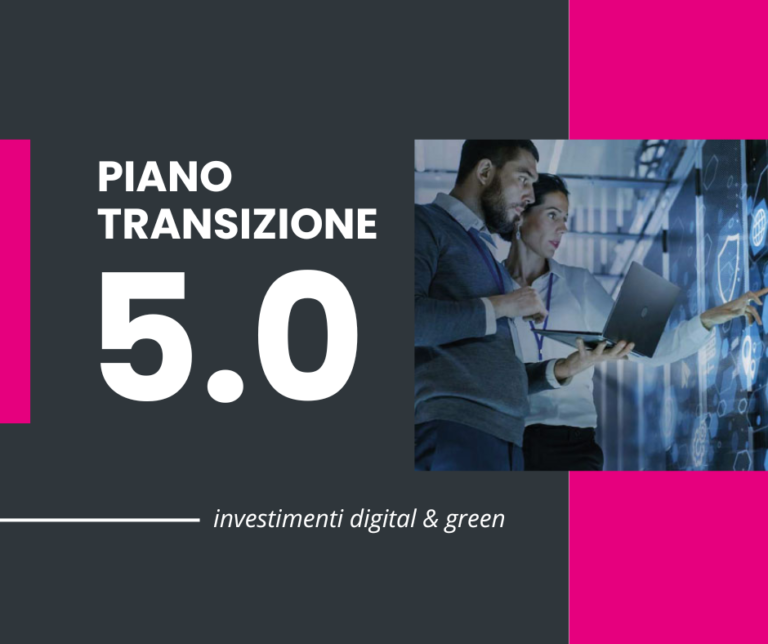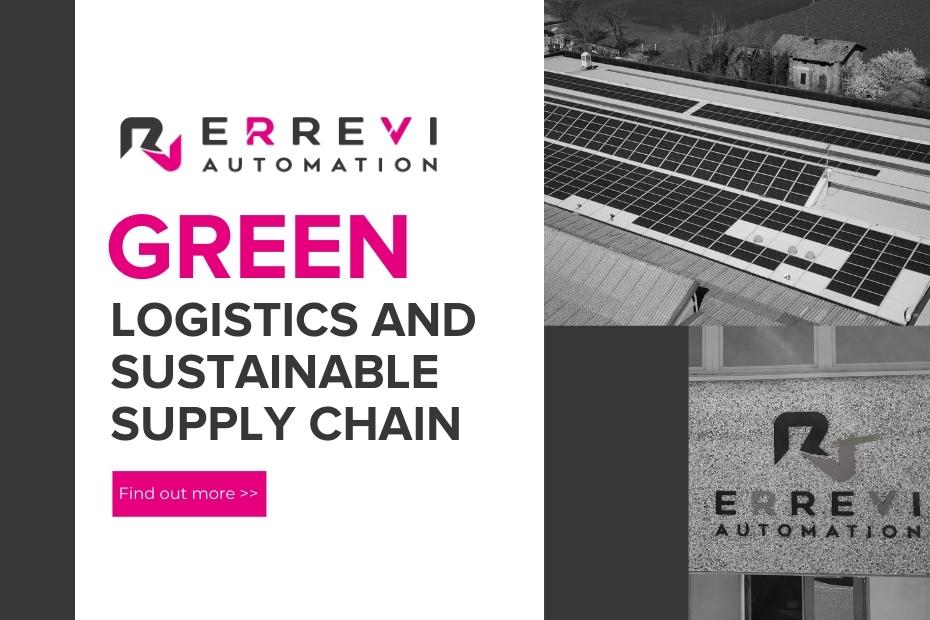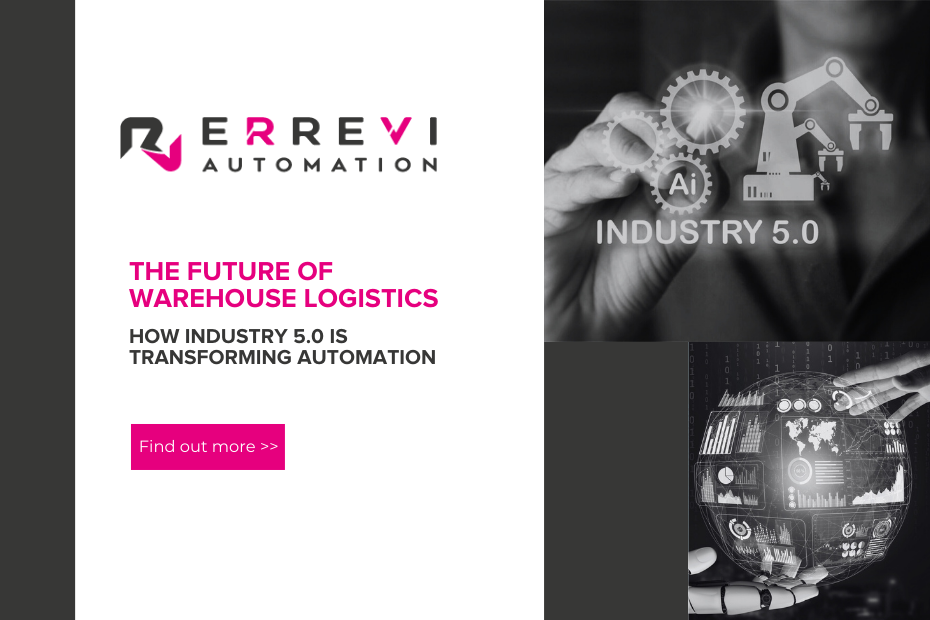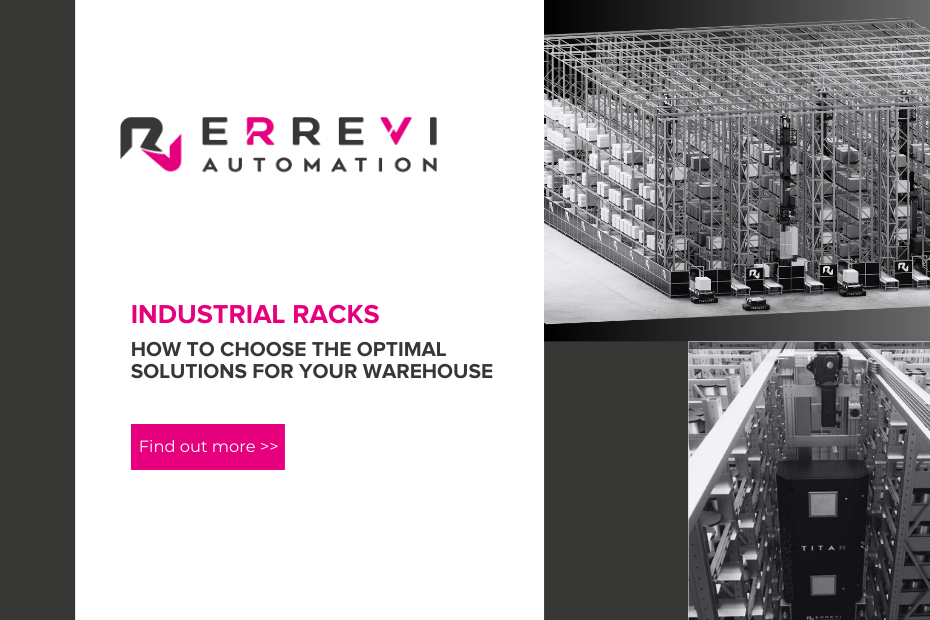In the increasingly competitive world of warehouse logistics, evolution is an inevitable constant. The Industry 4.0 era has brought with it a revolution in automation, optimising processes and increasing efficiency. But now, with the arrival ofIndustry 5.0we are facing an even more profound transformation.
In this article:
What is Industry 5.0 and how is it affecting the logistics automation sector?
The Transition Plan 5.0 is designed to support investments in digitisation and the green transition of companies, to which EUR 6.3 billion is allocated. The transition to industry 5.0 therefore goes beyond mere process automation as it encourages not only innovative technologies but above all emphasises collaboration between humans and machines, social and environmental issues by promoting the circular and sustainable economy to protect the planet and human well-being.
With the advent of theindustry 5.0 there is a recontextualisation of the role of machines which becomes a collaborative partner working alongside the operator, supporting him in more repetitive tasks. This allows the operator to focus on high value-added tasks, such as strategic supply chain management, problem solving. As a consequence, there is also an improvement in ergonomics and greater safety at work.

The Technologies that characterise Industry 5.0
As part of theIndustry 5.0 some technologies in particular will play a key role such as the Collaborative Robots (Cobots), robots designed to work alongside humans by increasing productivity, as we explained more in our article "Automation and robotics in logistics: why use robots?“.
Thanks to theartificial intelligence and IoT (for more on AI see the article "How AI is revolutionizing warehouses"), autonomous systems can act independently, coordinating activities within the warehouse in real time and reducing waste. This translates into greater flexibility and response to unforeseen events. The systems of Real-time data analysis also allow the collection of data in real time in order to optimise warehouse processes. It is thus possible to identify inefficiencies, predict peak demand and optimise stock management.
The Benefits of Industry 5.0 for Warehouse Logistics
The long-term benefits of applying the Industry 5.0 reflect its core values:
- Increased operational efficiency: By using automated processes and intelligent systems, warehouses are able to handle a larger volume of goods with faster cycle times and reduced operating costs.
- Improved accuracy and reliabilityAutomation reduces human errors and increases accuracy in stock management and order preparation.
- Reducing costs and environmental impact: By optimising the use of resources and reducing waste, theIndustry 5.0 helps warehouses to become more environmentally sustainable and more competitive in the market. This is one of the main objectives behind theindustria 5.0.
- Additional value to resources: Industry 5.0 will foster a more stimulating and satisfying working environment for workers, giving them the opportunity to contribute to the work they do and thus increasing their satisfaction. All this should spur talented skilled employees not to leave companies but to make them more attractive in their eyes.
The challenges of Industry 5.0
This change to the industry 5.0 will bring some challenges that companies will have to face. The adoption of new technologies especially in the first phase will involve high investments for the purchase of new technologies that may not be sustainable for start-ups or small and medium-sized enterprises.
Operators will also have to assimilate new technical skills to be able to collaborate autonomously with new technologies. To make the most of digital innovation, new technologies will need to connect more and more devices through sistemi IT. With this interconnection, it is important to pay attention to computer security, avoiding external attacks, which represent a new challenge for computer security.

Supply chain and cyber security: opportunities and challenges
An efficient management of the Supply Chain and logistics processes brings various benefits to companies, as they represent a fundamental part of the business.
From Industry 4.0 to 5.0
Industry 4.0 has reshaped the industrial paradigm by focusing heavily on means and tools and less on the importance of people. With the arrival ofindustry 5.0 Instead, a vision will be developed that is much more focused on the exclusive role of operators, quality of life, sustainability, exploiting industry 4.0 technologies.
Speaking of sustainable supply chain...

Green logistics and sustainable supply chain
Efficient logistics, and therefore an automated warehouse, can make the difference between success and failure. A good logistics system must be able to... Read more "

Towards climate neutrality: the challenges of sustainable logistics automation
At the end of July 2021, the European Union passed a climate law that 'sets the binding goal of climate neutrality' for member states, establishing a... Read more "
To remain competitive in this rapidly changing scenario, companies must embracing change. Only then can they fully grasp the competitive advantages offered by Industry 5.0 e plasmare il futuro della logistica magazzino.
Discover how Industry 5.0 can transform your company!
Explore other articles in our Blog


